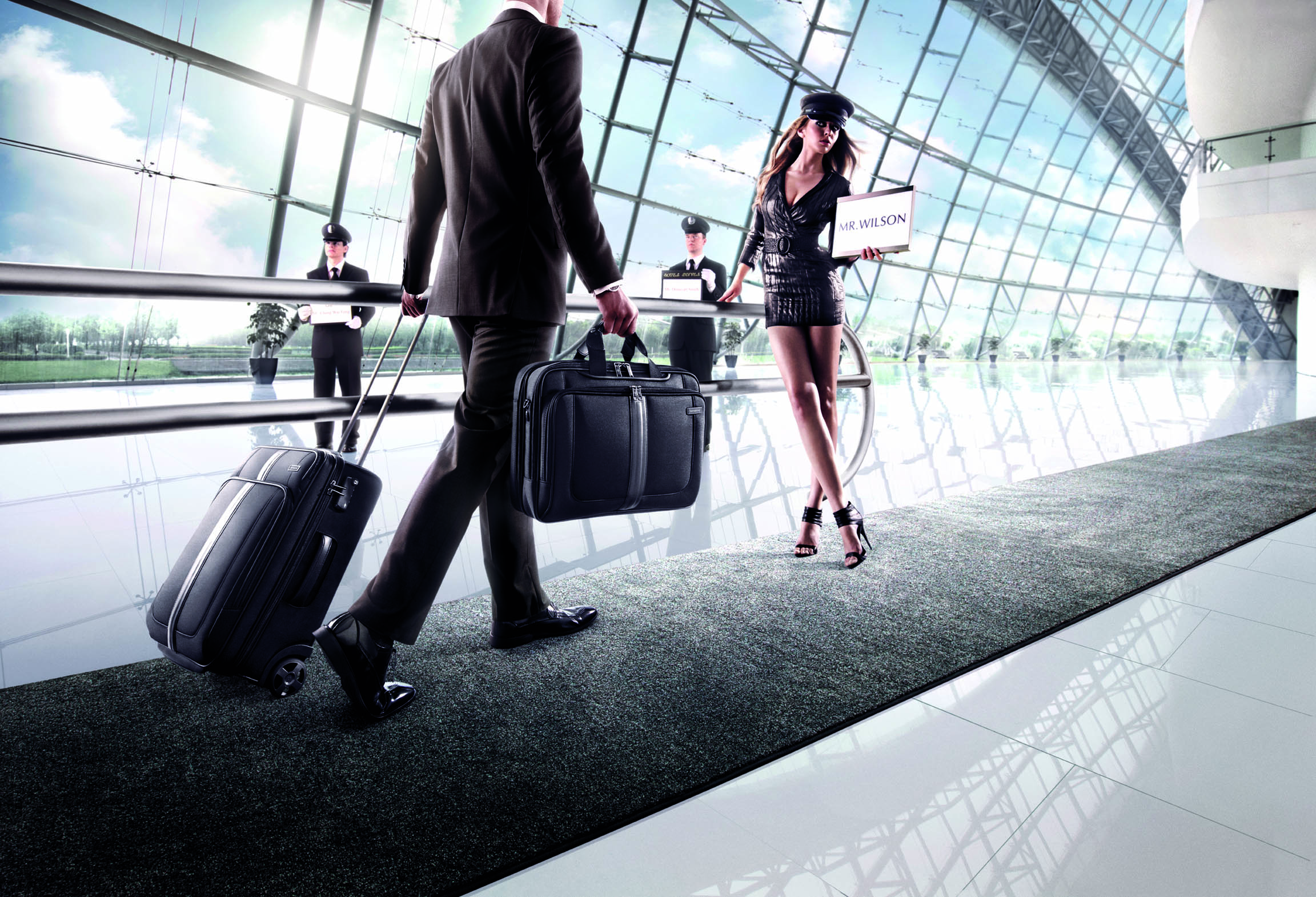 BUSINESS travelers in the United States will spend about $273.3 billion on the road in 2013, a 4.3 percent increase over last year and a reflection of stronger growth in domestic travel as the national economy stabilizes, according to the?Global Business Travel Association.
BUSINESS travelers in the United States will spend about $273.3 billion on the road in 2013, a 4.3 percent increase over last year and a reflection of stronger growth in domestic travel as the national economy stabilizes, according to the?Global Business Travel Association.
Of that estimated $273.3 billion, about $117.1 billion will be spent on group travel ? meetings and conventions, conferences, incentive trips and the like. And $33.1 billion will be spent in the United States on international travel, the trade group says in a report preceding its annual convention, which will be held early next month in San Diego.
No matter how you parse it, that?s a whole lot of spending for corporate travel managers and individual business travelers to evaluate and track. Another report is coming out this week, from?Concur, the travel expense management company, that seeks to ?shine a bright light on a big chunk of data? for business travel spending, said Robson Grieve, executive vice president for marketing.
I had an early look at the Concur study, which examined individual travel expense accounts totaling $50 billion at 18,000 corporate clients last year. Among the findings I found most interesting: Travelers at small and midsize companies on average spent significantly more in every expense category ? hotels, airfares, dining and entertainment ? than those at large corporations.
That trend is surprising, said Mr. Grieve, who suggested that it probably reflects more aggressive regional business activity by smaller companies scrambling for growth. ?A sales rep in a large corporation, for example, has a much smaller territory to cover and naturally spends fewer nights in fewer places, whereas at a small company, say in the Pacific Northwest, that rep makes a lot more individual trips ? Portland, Seattle, into Montana. That means more dinners out, more airplane flights, more room nights,? he said.
Hence travelers at small and medium-size companies in the Concur study filed far more individual transactions than those at large companies ? for airline tickets (37 percent more expense receipts), meals (29 percent), entertainment (67 percent) and car rentals (65 percent).
Concur said that the small-to-medium-size category was made up of companies with fewer than 100 employees, mostly operating out of a single location. So on average they tend to spend more on ground transportation, while expense accounts at large companies reflect a ?much higher percentage? of spending on airlines.
For all companies, business travelers? expense account totals averaged $12,976 during 2012, a slight drop from 2011 because of an unanticipated decline in business travel spending during the fourth quarter. That may be partly attributable to uncertainties over the budget negotiations in Washington, bad weather for travel, and a trend of arranging meetings and conferences that are closer to home, Concur says.
In international travel, the 10 most-visited cities for business travelers based in the United States (ranked by overnight hotel stays) were London, Shanghai, Singapore, Beijing, Tokyo, Toronto, Hong Kong, Paris, Mexico City and S?o Paulo, Brazil. The 10 most-visited cities in the United States were New York; Las Vegas; Chicago; San Francisco; Houston; Orlando, Fla.; Atlanta; San Diego; Charlotte, N.C.; and Dallas. Las Vegas and Orlando are top destinations for major conventions, of course.
The most expensive international cities, by expense account spending, were Brisbane, Tokyo, Sydney, Perth, London, Stockholm, Melbourne, Zurich, Paris and Dubai. Domestically, the places where business travelers spent the most last year were New York, San Francisco, Garden City on Long Island, Washington, Boston, Long Island City in Queens, Chicago, Miami, Las Vegas and Santa Clara, Calif. (The rankings of Garden City and Long Island City reflect a spillover from Manhattan, and Santa Clara is in the heart of Silicon Valley.)
Click here to read more.

